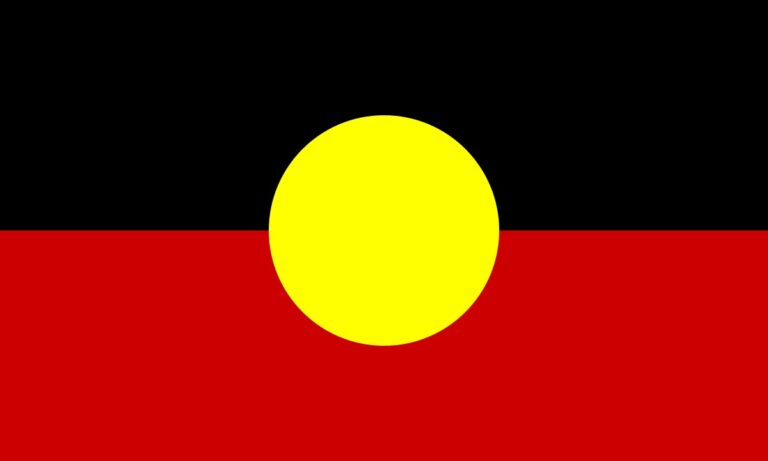Liquor licensing provisions exist in many jurisdictions to facilitate the safe consumption of alcohol on licensed premises. One strategy supporting the harm reduction objectives is enforcement of liquor licensing laws by regulatory agencies; however, in spite of evidence of its effectiveness, such enforcement has been limited; due, in part, to a lack of accurate information as to which premises need to be targeted.
Location: NSW
This project originally grew out of an Alcohol Community Development Project, conducted by the Far West Area Health Service, which ran for six years, concluding in 2004. Its aim was to implement recommended actions from the 2006 Murdi Paaki Health Report.
This project examines the association between alcohol consumption and injury, within a low socio-economic community with a high proportion of non-English speaking residents.
The study was undertaken in the emergency departments of six hospitals in the south western suburbs of Sydney and used a case-crossover design.
The Drug and Alcohol Multicultural Education Centre (DAMEC) conducted follow-up studies on a similar mid-1990’s study regarding the use of, attitudes towards, and knowledge of alcohol, tobacco and other drugs (ATOD) among six culturally and linguistically diverse communities: Chinese, Vietnamese, Spanish, Italian, Pasifika and Arabic-speaking.
Despite the spiralling costs of alcohol-related harm, very little work has been undertaken to establish uniform parameters of quality care in alcohol detoxification and to understand the relationship between these parameters and treatment outcomes.
Consumption of alcohol is a generally accepted part of Australian culture; however, some drinking is associated with considerable harm to the community. Previous studies have concentrated on those admitted to hospital, this study provides data on the costs of those attending Emergency Departments (ED), who are not admitted to hospital.
This 2006 study examines changes in intoxication levels and the experience of responsible service practice initiatives among 18-39 year olds drinking at licensed premises in NSW. The changes were measured since a similar 2002 study by BOCSAR.
A recurring issue for liquor licensing policy makers is the extent to which restrictions should be placed on the availability of alcohol in order to minimise alcohol-related harms in the community. This study aims to provide timely information about the relationship between liquor outlet concentrations and reported problems with drunkenness and property damage in the neighbourhood, and assault victimisation in the home.
The neurological research on substance use has included the examination of the brain systems, which may act as mediators for reinforcing the effects of drugs; the measurement of brain-related activity in substance users while performing behavioural tasks; and the long term effects of substance use on the brain among chronic users. This project investigates a significant number of already established risk factors, including personality, impulsivity, coping resources, motives for use, and affect, within a single clinical sample.
Macquarie University – This project evaluates the Oolong House Drug and Alcohol Rehabilitation program in order to identify its strengths, weaknesses, and community stability, particularly for Indigenous stakeholders. The focus of the project was on staff experiences, client intake, and the music program.
This study investigates alcohol use and associated risk behaviours of 16 year-olds who have left school early in NSW.


